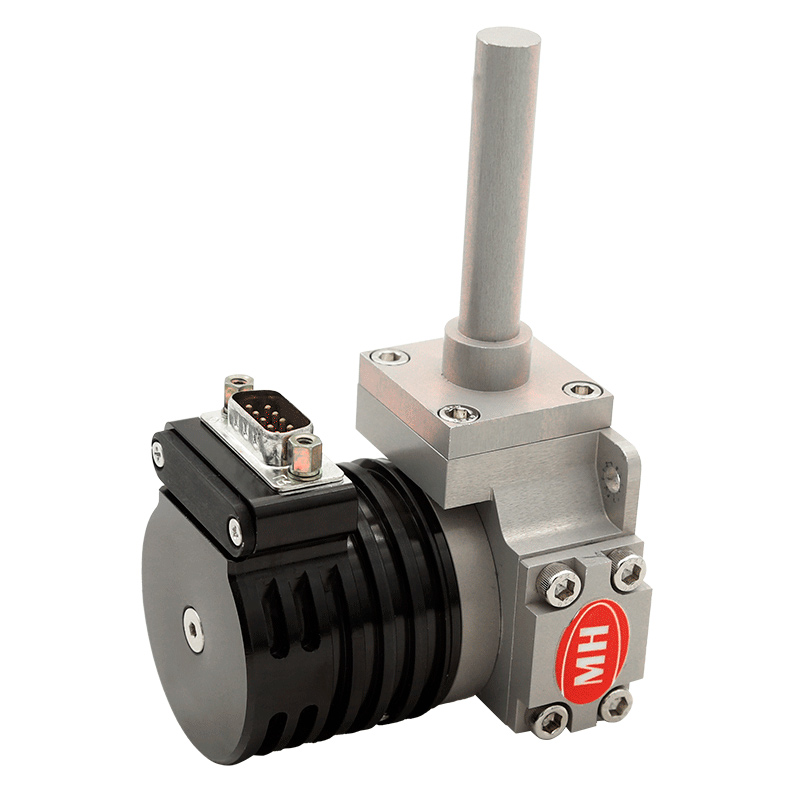
Generally speaking, the price of uncooled thermal imaging night vision devices usually ranges from 2,000 yuan to 200,000 yuan, while the price of cooled thermal imaging night vision devices usually ranges from 100,000 yuan to more than 1 million yuan. The price difference between the two is roughly tens of thousands of yuan to hundreds of thousands of yuan or even more.
Read MoreJanuary 10,2025
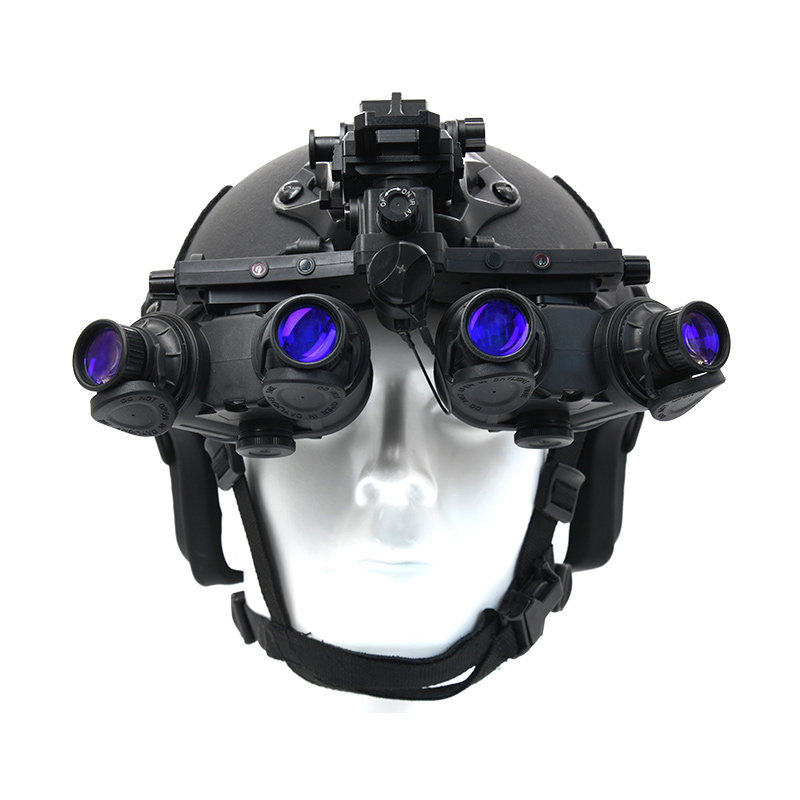
The price is around 1,000 to 10,000 yuan. Its performance and imaging quality are relatively good, and it can be used in some civilian fields that have certain requirements for night vision effects, such as security patrols, private detectives, etc.
Read MoreJanuary 09,2025
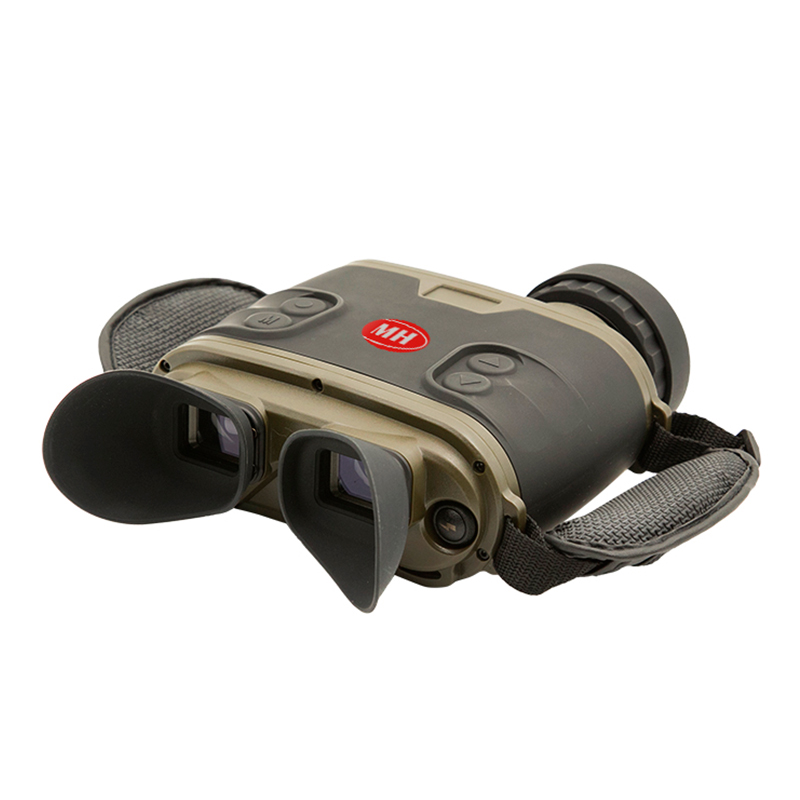
The detector of thermal imaging night vision devices outputs weak electrical signals, which need to be amplified, filtered, and noise-reduced by signal processing algorithms to improve the quality and stability of the signal.
Read MoreJanuary 08,2025
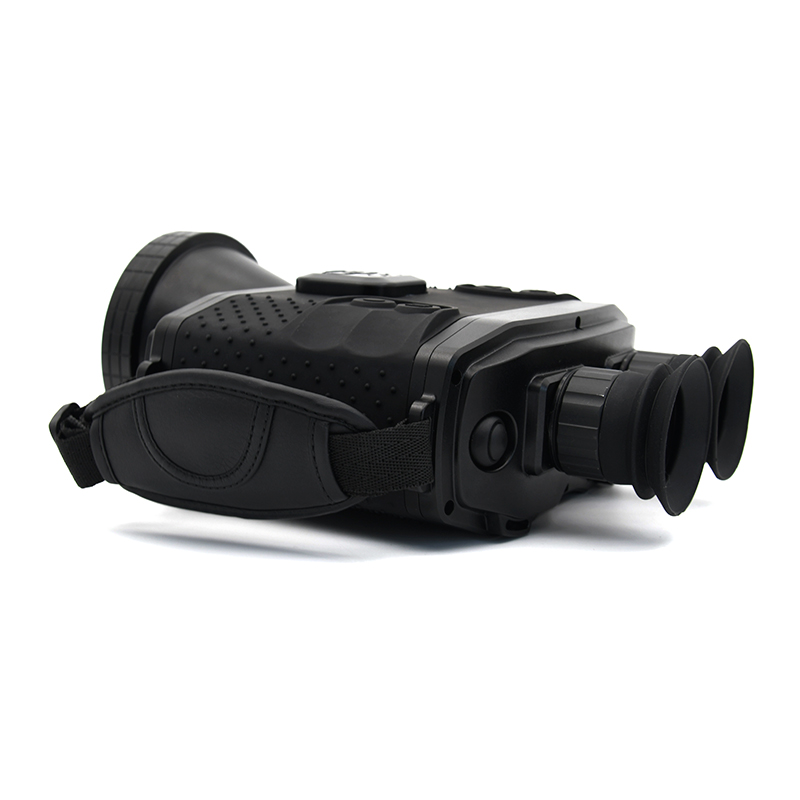
The detection distance of thermal imaging night vision devices is affected by many factors such as detector performance, lens focal length, target size and temperature difference, atmospheric environment, etc. For example, the higher the resolution of the detector and the longer the lens focal length, the longer the detection distance; the greater the temperature difference between the target and the background, the easier it is to detect.
Read MoreJanuary 07,2025
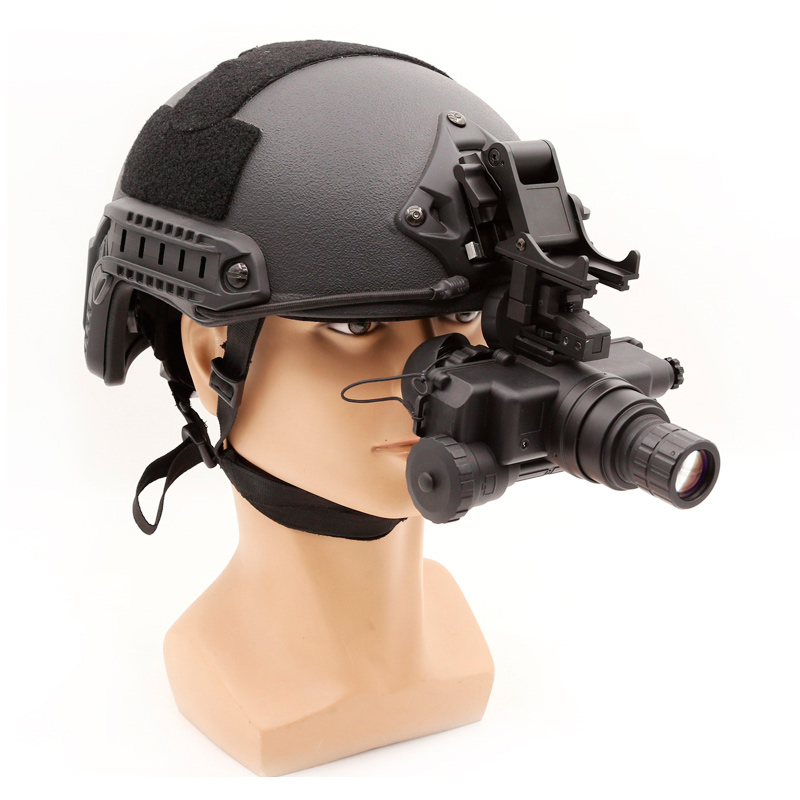
Low-light-level night vision devices use image intensifiers to enhance the weak natural light reflected by the target. They do not require active light sources, have good concealment, and are not easy to be discovered. They are suitable for scenes with high concealment requirements such as night battles of troops.
Read MoreJanuary 06,2025
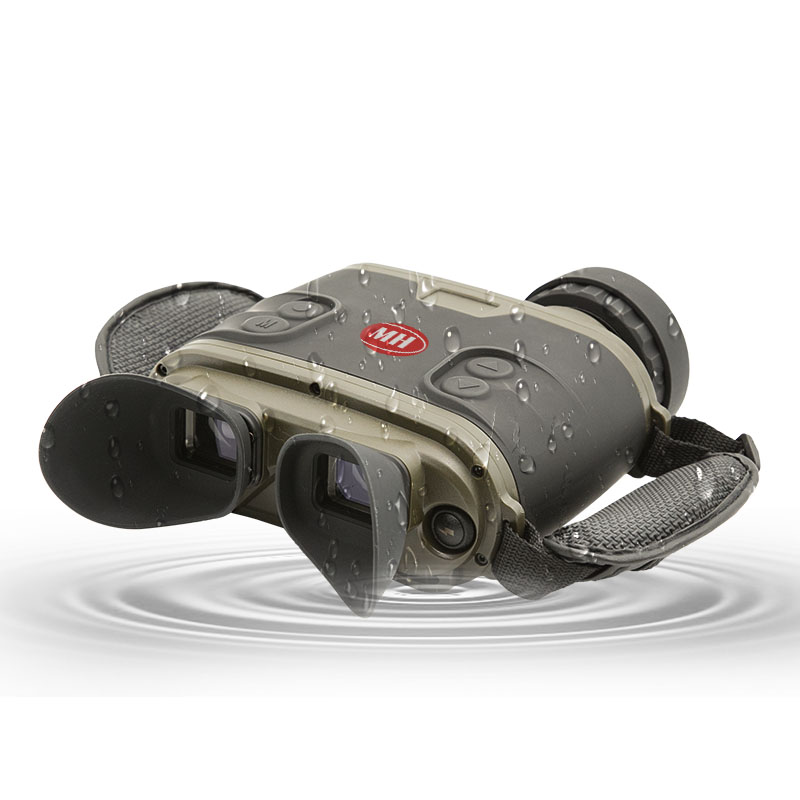
Infrared night vision devices have unique advantages in completely dark environments, and can clearly display the thermal contours of target objects because they are based on the thermal radiation imaging of the object itself. As long as there is a temperature difference between the target and the surrounding environment, the target can be clearly seen, such as finding a hidden person in a dark room or seeing nocturnal animals in the wild.
Read MoreJanuary 04,2025
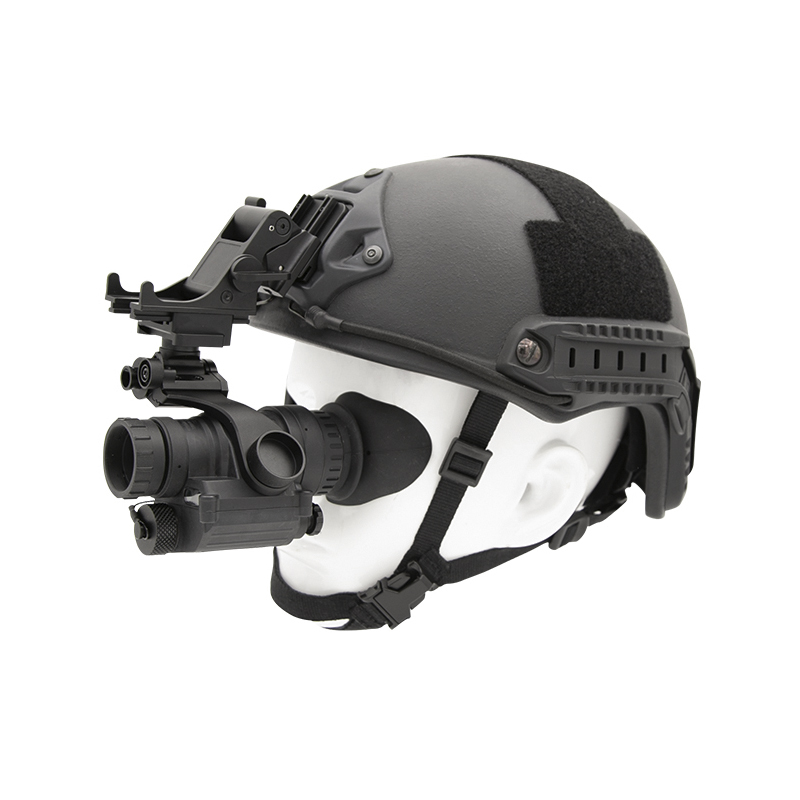
The effective observation distance of the third-generation low-light night vision devices can reach 200-400 meters or even farther. The third-generation low-light night vision devices have made improvements in photocathode materials and other aspects, further improving sensitivity and resolution.
Read MoreJanuary 03,2025
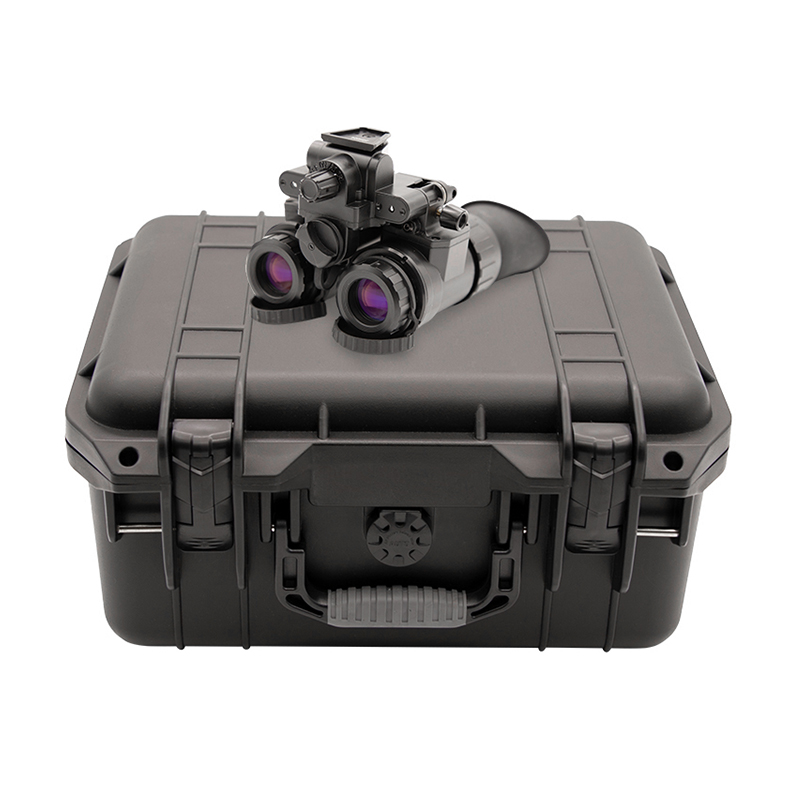
Using low-light night vision devices, you can observe the situation in streets, alleys, parks and other areas, and promptly detect signs of criminal activities, such as theft, robbery and other behaviors. For security monitoring systems, low-light night vision monitoring equipment installed in some darker areas can play a role at night, enhancing the monitoring range and effect.
Read MoreJanuary 02,2025
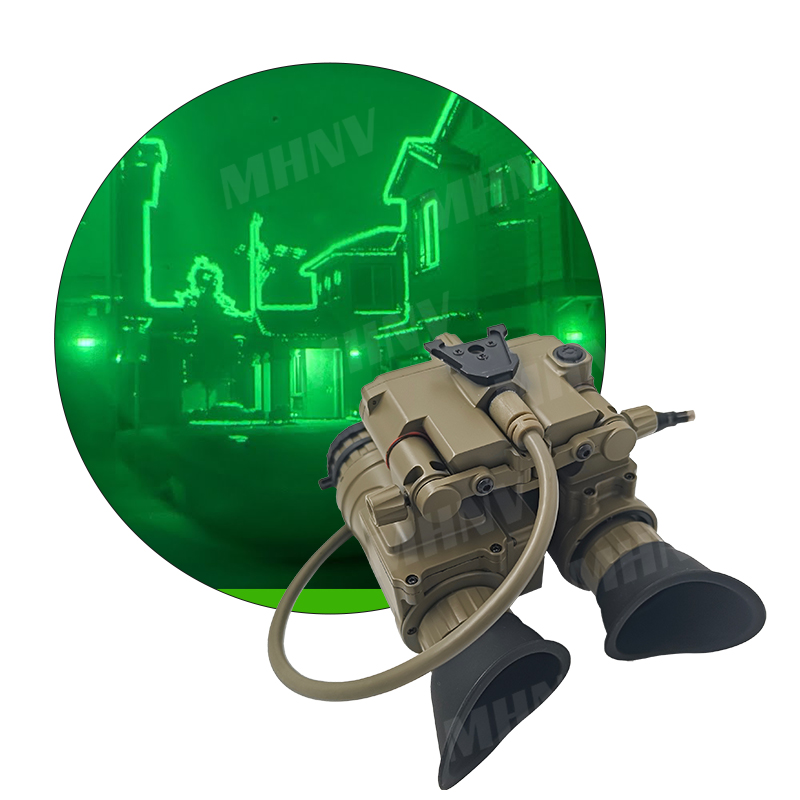
The detector in thermal imaging night vision goggles, its performance indicators such as resolution and sensitivity have a great impact on the price. Image intensifier is a key component of low-light night vision goggles. The higher its generation, the clearer and brighter the image, and the higher the price.
Read MoreDecember 31,2024
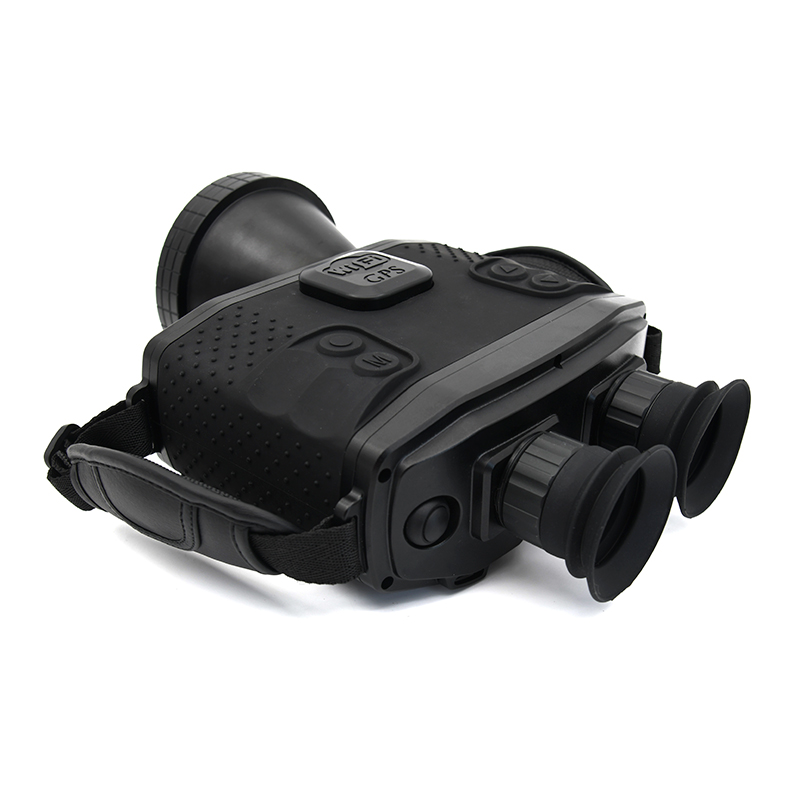
Military night vision goggles have a wealth of military-specific auxiliary functions. For example, they may be equipped with a laser rangefinder function to quickly and accurately measure the target distance and provide data support for weapon aiming; they may have GPS or Beidou positioning functions, etc.
Read MoreDecember 30,2024
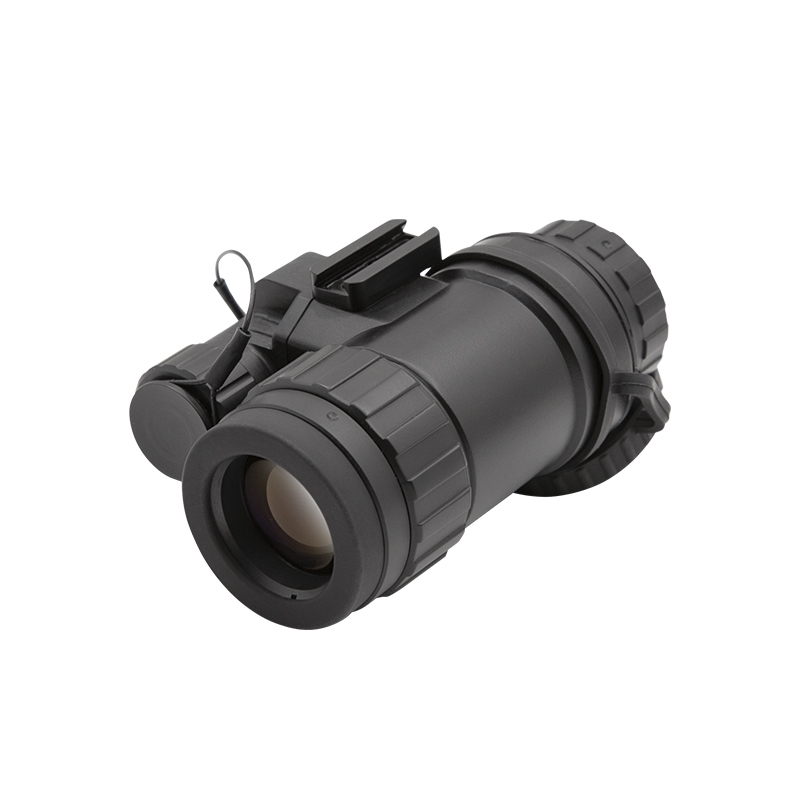
Military night vision goggles: extremely high requirements for imaging quality and resolution. Because military operations often require accurate identification of targets at a distance, such as in reconnaissance missions, it is necessary to distinguish detailed information such as the type of enemy weapons and equipment, the number of personnel, and the deployment of operations.
Read MoreDecember 27,2024
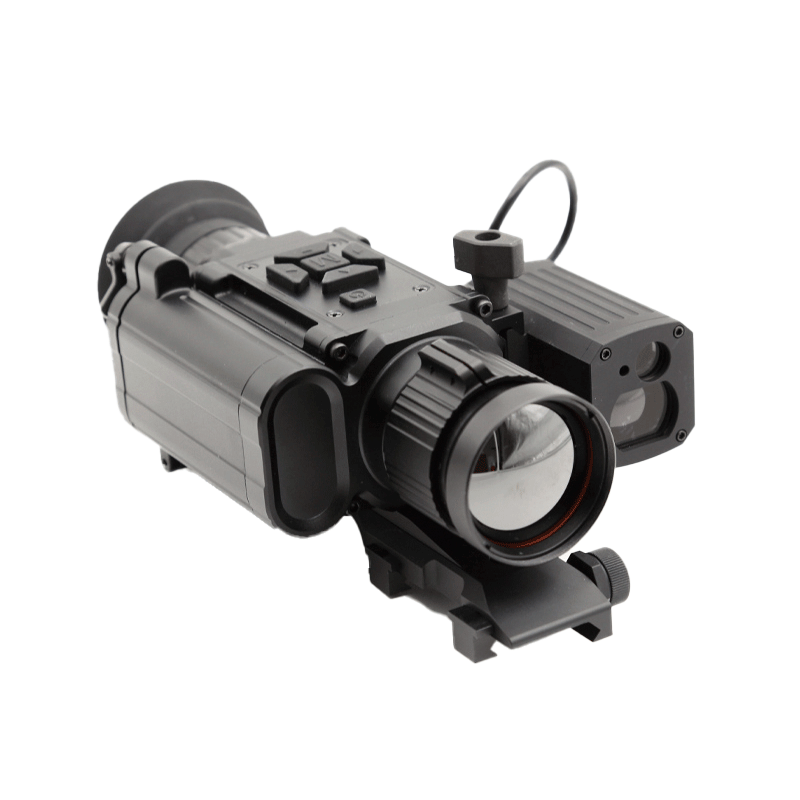
Thermal imaging gun sight is based on the thermal radiation imaging of the target, which can easily detect targets with temperature differences from the environment. Optical sight relies on visible light imaging, and requires sufficient light to obtain clear images.
Read MoreDecember 26,2024